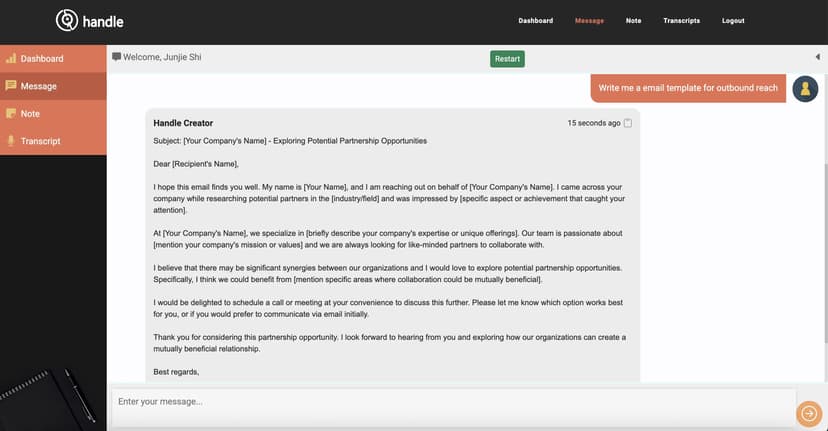Stock Splits: Unlocking the Secrets of Corporate Actions
When it comes to the world of investing, there are various terms and concepts that can seem complex and overwhelming to those who are just getting started. One such concept is a stock split. You may have heard the term thrown around in financial news or discussions, but what exactly does it mean, and how does it impact investors? In this article, we will peel back the layers of confusion surrounding stock splits, unraveling the mystery behind this corporate action.
Understanding Stock Splits
Let's start by breaking down the basics. A stock split is a corporate action where a company decides to divide its existing shares into multiple shares. This means that for every share an investor holds before the split, they will receive a certain number of additional shares after the split. The most common types of stock splits are 2-for-1, 3-for-1, or 3-for-2, where the numbers represent the ratio at which the shares are split.
The primary motivation behind a stock split is to make the shares more affordable to a broader range of investors. By lowering the price per share, the company aims to increase liquidity and accessibility, potentially attracting more individual investors to buy its stock. Additionally, a lower share price can make the stock more attractive to certain institutional investors and can create a positive perception in the market.
Effects of Stock Splits
One of the key effects of a stock split is the adjustment in the stock price. While the number of shares outstanding increases after a split, the overall value of the investor's holdings remains the same. For example, if a company announces a 2-for-1 stock split and you own 100 shares at \$100 each before the split, you will have 200 shares at \$50 each after the split. Despite the change in the number of shares and the price per share, the total value of your investment remains constant.
Stock splits can also have psychological effects on investors. The perception of a company's stock being more affordable after a split can lead to increased demand and trading volume, potentially driving up the stock price in the short term. This phenomenon is known as the "split effect" and reflects how investor sentiment and market dynamics can influence stock performance following a split.
Moreover, stock splits can be seen as a signal of a company's confidence in its future prospects. Companies that split their stock often do so when they believe that the stock price has risen to a level where it may deter some investors from buying or when they want to create a positive buzz around the company's growth potential.
Considerations for Investors
For investors, stock splits present both opportunities and considerations. While stock splits do not change the fundamental value of the company or the investor's ownership stake, they can have implications for trading and investment strategies. Here are some key points to keep in mind:
-
Split-adjusted Price: After a stock split, the historical price chart of the stock will be adjusted to reflect the split ratios. This means that past stock prices will appear lower, creating an illusion of a downward trend. It is important for investors to understand this adjustment when analyzing price movements.
-
Liquidity and Volatility: Stock splits can increase the liquidity and trading volume of a stock, leading to heightened volatility in the short term. Investors should be prepared for potential fluctuations in price and trading activity following a split.
-
Long-Term Performance: While stock splits can generate excitement and positive sentiment in the short term, they do not guarantee long-term price appreciation. Investors should focus on the underlying fundamentals of the company and its growth prospects rather than solely relying on the effects of a stock split.
Case Studies
To illustrate the impact of stock splits, let's consider a couple of real-world examples:
-
Apple Inc.: One of the most well-known examples of a stock split is Apple Inc. The tech giant has undergone multiple stock splits throughout its history, including a 7-for-1 split in 2014. Following the split, Apple's stock price became more affordable to a wider range of investors, contributing to the company's continued growth and market dominance.
-
Tesla Inc.: In August 2020, Tesla announced a 5-for-1 stock split, which led to a surge in its stock price and trading volume. The split generated significant buzz among investors and fueled further interest in the electric vehicle maker, highlighting the psychological impact of stock splits on market sentiment.
Stock splits are a common corporate action that can have a variety of implications for investors and companies alike. By understanding the dynamics of stock splits and their effects on stock prices and investor sentiment, individuals can make more informed decisions when navigating the world of investing.
A stock split is not a magical formula for guaranteed profits, but rather a strategic move by companies to enhance accessibility and create positive momentum in the market. As with any investment decision, thorough research, a long-term perspective, and careful consideration of the underlying fundamentals are essential for success in the stock market. The next time you hear about a company announcing a stock split, you'll have the knowledge to decode the hidden messages behind this intriguing corporate action.












